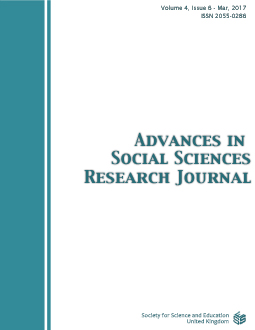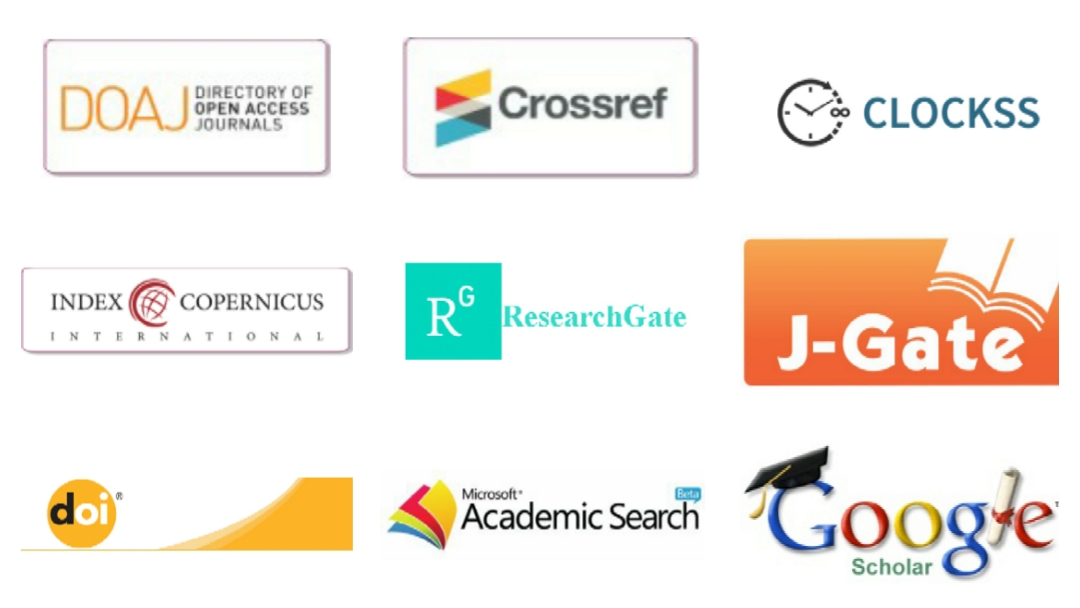An Analysis of the Legitimate Coverage to Minimize the Cybercrimes in Sri Lanka
Abstract
The purpose of this study is to find out the legitimate rules and regulations to minimize the cybercrimes in Sri Lanka and to find out the existing weaknesses of the cybercrime law and the level of minimization of cybercrimes. The research study first analyses what is really meant by cybercrimes and the reasons for the emergence of cybercrimes. Then the study closely looks at how cybercrimes can be categorized under different sub units and cybercrime examples for each of such sub units. The latter part of the research study highlights the importance of cyber rules and regulations in a situation where there is an increasing trend towards cybercrimes. Within this part it first looks at the current level of internet security in Sri Lanka. Subsequently it examines the level of awareness of the cybercrime laws and the level of strangeness of such laws. Finally the research study evaluates the behavior of cybercrimes in terms of changes in the current level of internet security; the level of awareness of the cybercrime laws and the level of strengthens of such laws. The research findings emphasize that there is a strong relationship between the level of internet security in Sri Lanka, the level of awareness of cyber laws and the level of strength of such laws separately with the number of cybercrimes in Sri Lanka and it also evidences that there is an influential effect of aggregate impact of the three independent variables on the number of cybercrimes in Sri Lanka. Based on the research findings, the level of existing weaknesses of cyber laws in Sri Lanka have been identified and suggestions to minimize such crimes have been provided accordingly.
References
Ariz, D. (2000), American guarantee & liability insurance co. v. Ingram Micro, Inc. Civ, pp. 99-185.
Computer Crimes Act No.24, (2007). Sri Lanka.
Gunawardana, K D (2005) An Empirical Study of potential challenges and Benefits of Implementing E-learning in Sri Lanka , Proceedings of the Second International Conference on eLearning for Knowledge-Based Society
Henson, B., Reyns, B., & Fisher, B. (2011). Internet Crimes. In W. Chambliss (Ed.), Key issues in Crime and Punishment: Crime and Criminal Behaviour. Sage publications, pp. 155-168
Hoffer, J, A. and Straub, D, W. (1989), The 9 to 5 undergound: Are you policing computer crimes?. Slogan Management review, pp. 35-43.
http://searchsecurity.techtarget.com/definition/cybercrime, 24.11.2015.
Kelly, B, J. (1999), Preserve, protect and defend, Journal business strategy, 20(5), pp. 22-26.
Marine, F, J. (2006) “The effects of organized crime on legitimate businesses”. Financial crime 13 (2), pp. 214-234
Pariyani, R, Online crimes and their impacts: A review
Power, R. (2001), 2001 CSI/FBI Computer Crime and security survey, Computer security issues and trends, 7(1), pp. 1-18.
PTI Contents. (2009), India: A major hub for cybercrimes
Saini, H, Rao, Y, S. and Panda, T, C. (2012), Cyber-crimes and their impacts: a review, Vol.2, pp. 202-209.
Sprecher, R. and Pertl, M. (1988), intra – industry effects of the MGM Grand Fire, Quarterly journal of Business and Economics.
www.internetlivestats.com/internet-users/, 24/11/2015.
www.lankabusinessonline.com/sri-lankas-mobile-internet-usage-grows-85-8-pct-in-2014-cb/, 24.11.2015.
www.slcert.gov.lk, 24.11.2015.
www.statista.com/statistics/274774/forecast-of-mobile-phone-users worldwide/, 24/11/2015.
Downloads
Published
How to Cite
Issue
Section
License
Authors wishing to include figures, tables, or text passages that have already been published elsewhere are required to obtain permission from the copyright owner(s) for both the print and online format and to include evidence that such permission has been granted when submitting their papers. Any material received without such evidence will be assumed to originate from the authors.






